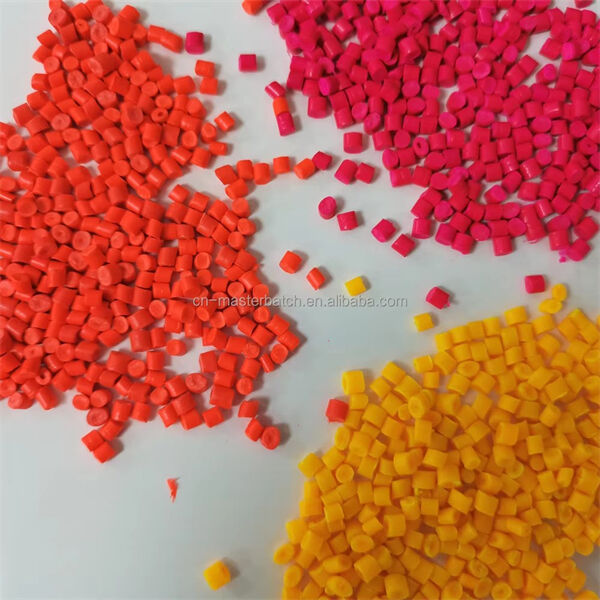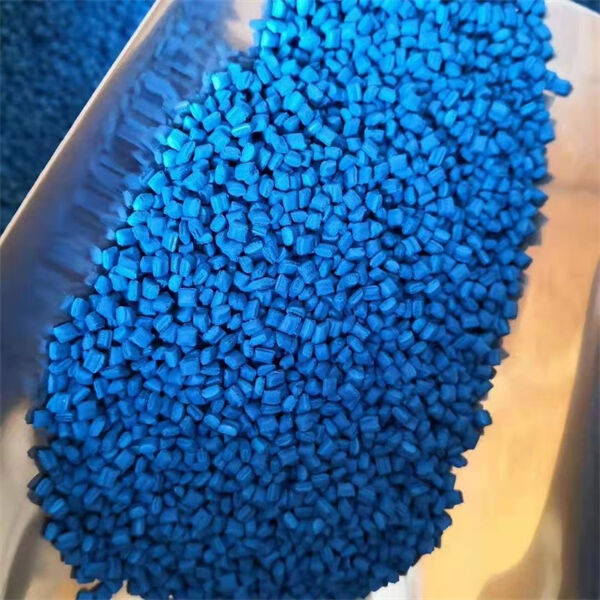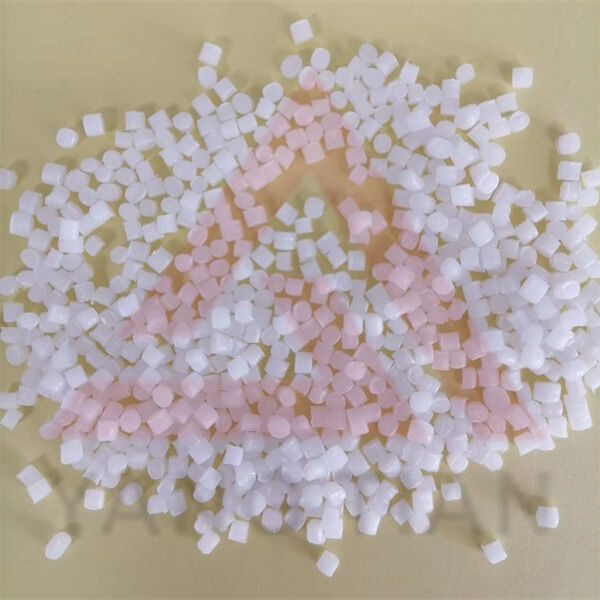Polyvinyl chloride resin, known as PVC, is a unique type of plastic. This plastic is highly versatile; in other words, it can be used for a ton of things. Environmental Masterbatch is one of those companies that use PVC to manufacture a variety of different products. So here is about what PVC is, how it is made, and the many ways in which it is used in our daily life.
PVC derives from a chemical substance called vinyl chloride. This chemical is combined with additional components to form a rigid and durable polymer. PVC, is resin that when amalgamated with different polymers creates specific characteristics. Due to its great utility, many individuals and companies prefer working with PVC for their products and projects.
The reason PVC is used widely in various industries is because it is a very strong plastic. It can withstand harsh environments, like extreme temperatures and nasty weather. Also, PVC has a unique property called chemical resistance, which means it does not easily break down in the presence of various chemicals. That makes it an excellent option for outdoor products. Additionally, PVC is also inexpensive to manufacture which ultimately makes it a popular choice for many cost-conscious businesses that require a long-lasting and reliable product.
There is such a plethora of PVC products in so many industries. It is commonly used to make pipes, tubing, and wire coverings, for example. These are the tools needed for plumbing and electrical work. PVC is also used in making window frames, siding for homes and roofing. There was also interest in how PVC is used in the auto industry; for more than 25 years it has been used to make dashboards and door panels in cars, keeping cars looking good and working properly.

PVC is produced using several different technologies. The most widely used technique is suspension polymerization. This involves mixing raw materials with water and then heating. When temperature higher, the resin generates. The efficiency of this method allows in-process median analytics to be measured, and the ultimate high-quality end-PVC product is delivered for many industrial requirements.

PVC has a lot of advantages, but there are also some questions about its environmental effects. One problem is that PVC is not biodegradable. This means it does not degrade easily and can last in landfills for many years after disposal. Moreover, a handful of the materials employed in PVC fabrication may be environmentally perilous, leading to issues with pollution and waste.

There are things that can be done to lower the environmental impacts of PVC however. Recycling programs, for instance, can reduce the volume of plastic waste in our landfills. Manufacturers can also seek more sustainable materials and improved production techniques for PVC. This way, they still make top-notch products while also being more conscious of the planet.